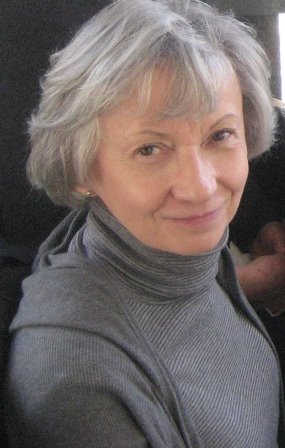As we move toward greater acceptance of cannabis use, and possibly decriminalization or legalization down the road, it is important to recognize cannabis is not a benign drug. While it has benefits, like any other drug, there are also risks involved. Whenever we choose to use cannabis, it is helpful to know what steps we can take to ensure that our use is the least harmful possible. Here are some things to think about to help reduce the risk of harms and bad experiences.
Some of the risks around cannabis are related to its production. Since cannabis is illegal and unregulated, it is often produced in conditions where products are not tested for quality and potency. One way consumers can lessen the risk of experiencing harms is to purchase cannabis from someone who knows about the drugs they sell. Another precaution is to carefully inspect the cannabis for visible contaminants such as molds and mildew. And, since levels of THC (the main psychoactive ingredient in cannabis) can vary, starting with a small amount helps adjust the dosage to achieve the desired effect. Using as little as is necessary also helps prevent inhaling unnecessary smoke and toxins.
The method used to consume cannabis also influences the risk of harmful consequences. Using a vaporizer is safer than smoking, since cannabis smoke contains tar and toxins. But, if smoking cannabis, research suggests joints are safer than bongs or pipes. Bongs filter out more THC than tars since water tends to absorb THC. This requires puffing harder, increasing the amount of tar that is inhaled. If using a bong or a pipe, consumers should avoid those made of materials (such as plastic) that may be toxic when heated. (Bennett, 2008; Gieringer, 1996, Rev. 2000).
Other ways to lessen risks include taking shallow puffs rather than deep inhalations, and if sharing joints or other devices, avoiding touching the lips (this helps decrease the risk of spreading germs and viruses). When eating or drinking cannabis, consuming a small amount and waiting at least one hour to feel the effects before using more helps avoid getting higher than intended.
Making informed decisions about where, and with whom, cannabis is used is another way to reduce adverse consequences. For instance, staying in the company of trusted friends in a safe place helps manage potential uncomfortable effects such as feeling too high or anxious. If going out, it is important to avoid driving. Cannabis can impair motor coordination, judgment and other skills related to safe driving (Mann, et al., 2008; Ramaekers, et al., 2004).
People sometimes mix cannabis with other drugs to experience different effects. But the effects of cannabis are intensified and may last longer than expected or wanted if combined with alcohol or other drugs at the same time. Cannabis in combination with even small doses of alcohol impairs driving ability more than either drug used alone. And, tobacco contains many cancer-causing toxins, so it’s safer to use cannabis by itself.
All of the above practices are important to keep in mind when choosing to use cannabis. While all drug use involves risk, being clear on safer ways to use the drug helps to minimize harms, both acute and over time.
Author: Bette Reimer, Research Associate at the Centre for Addictions Research of BC


